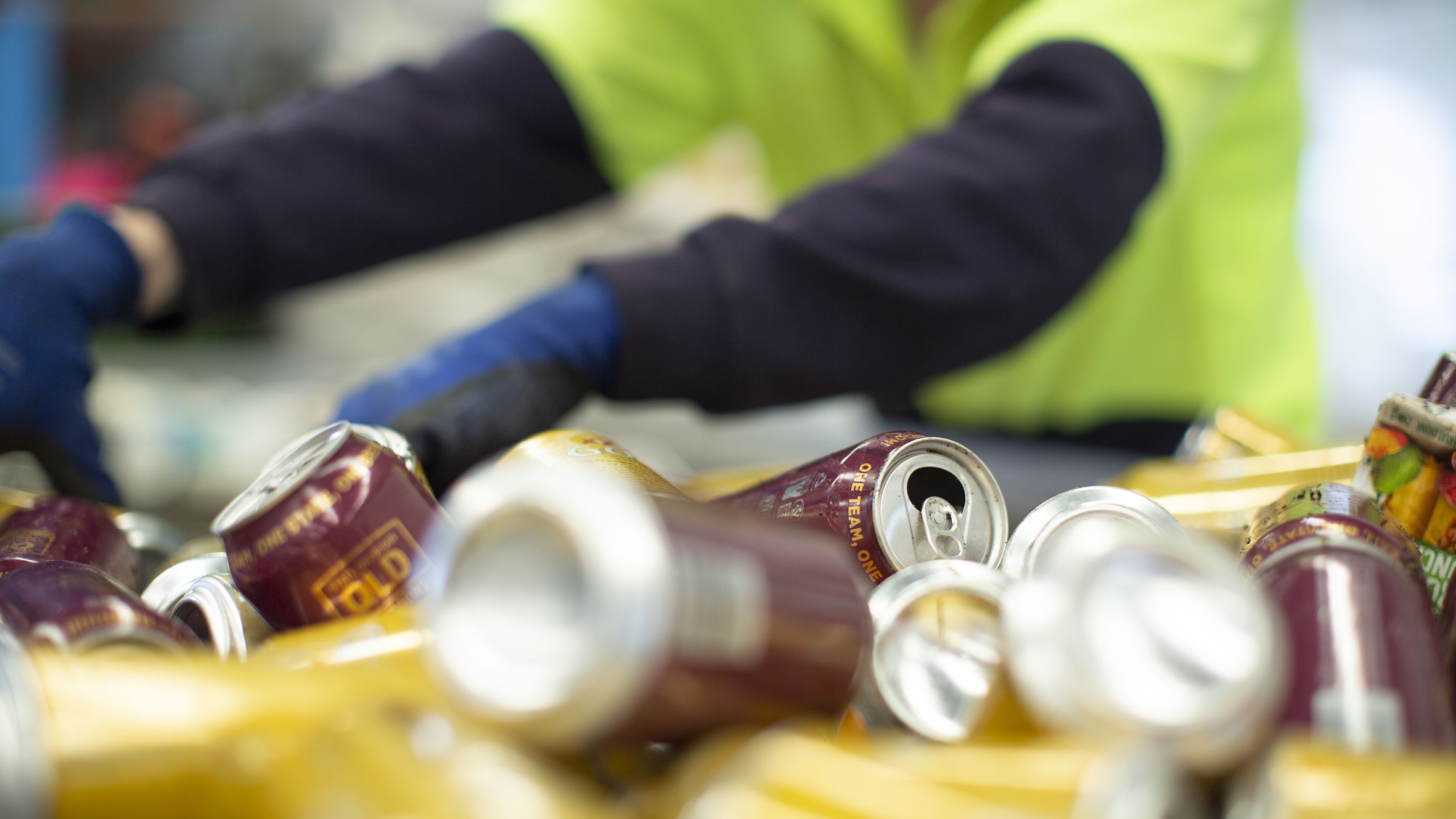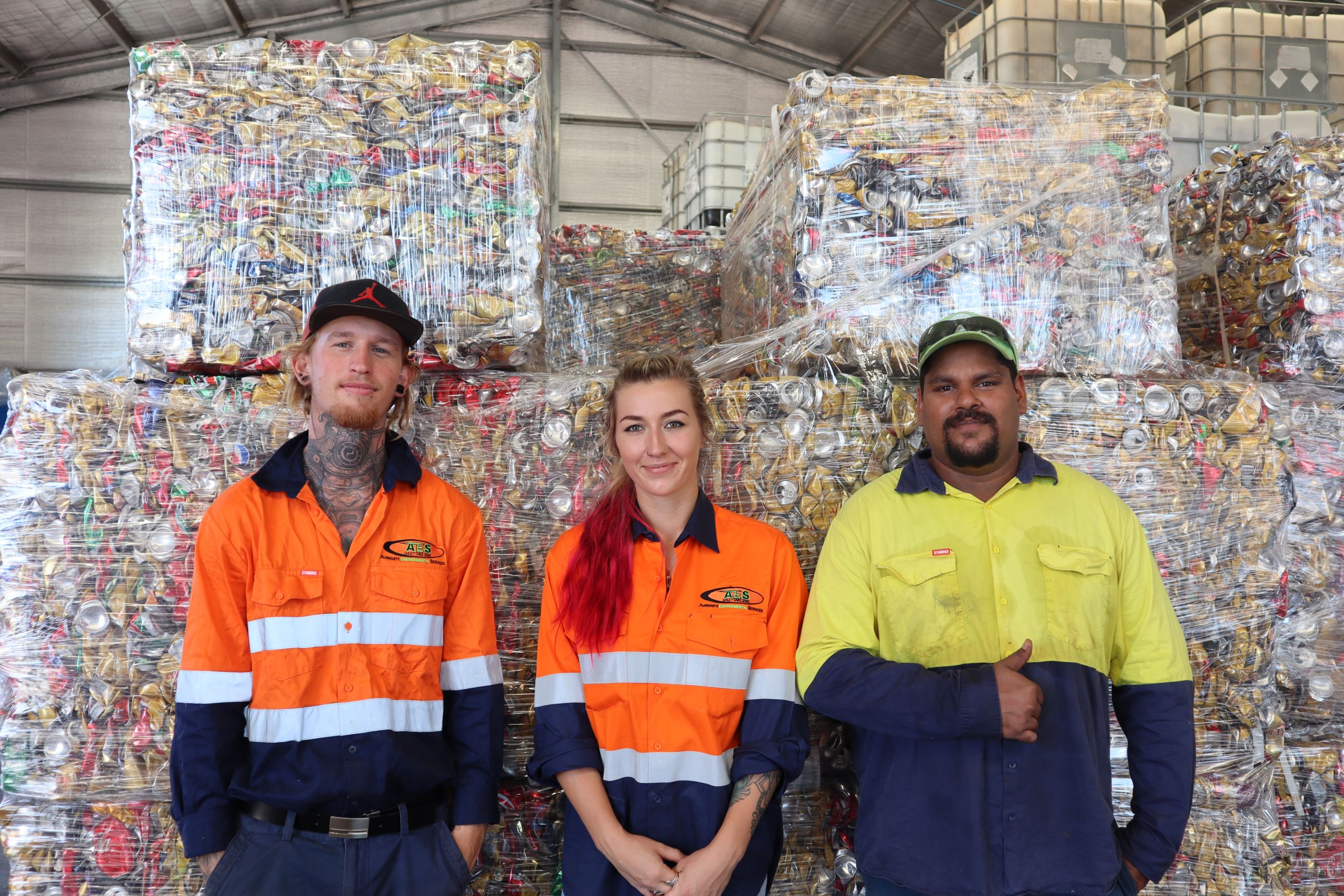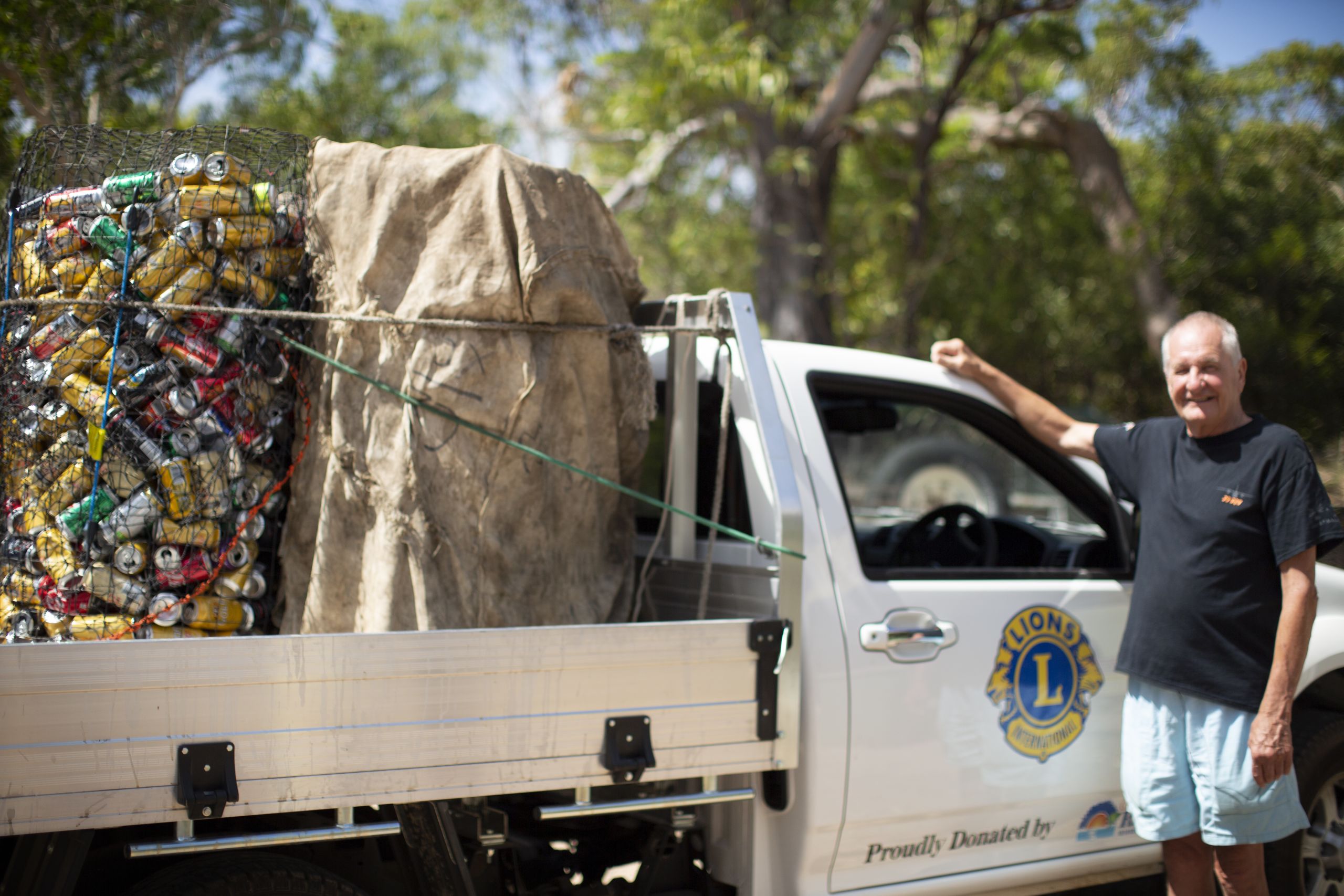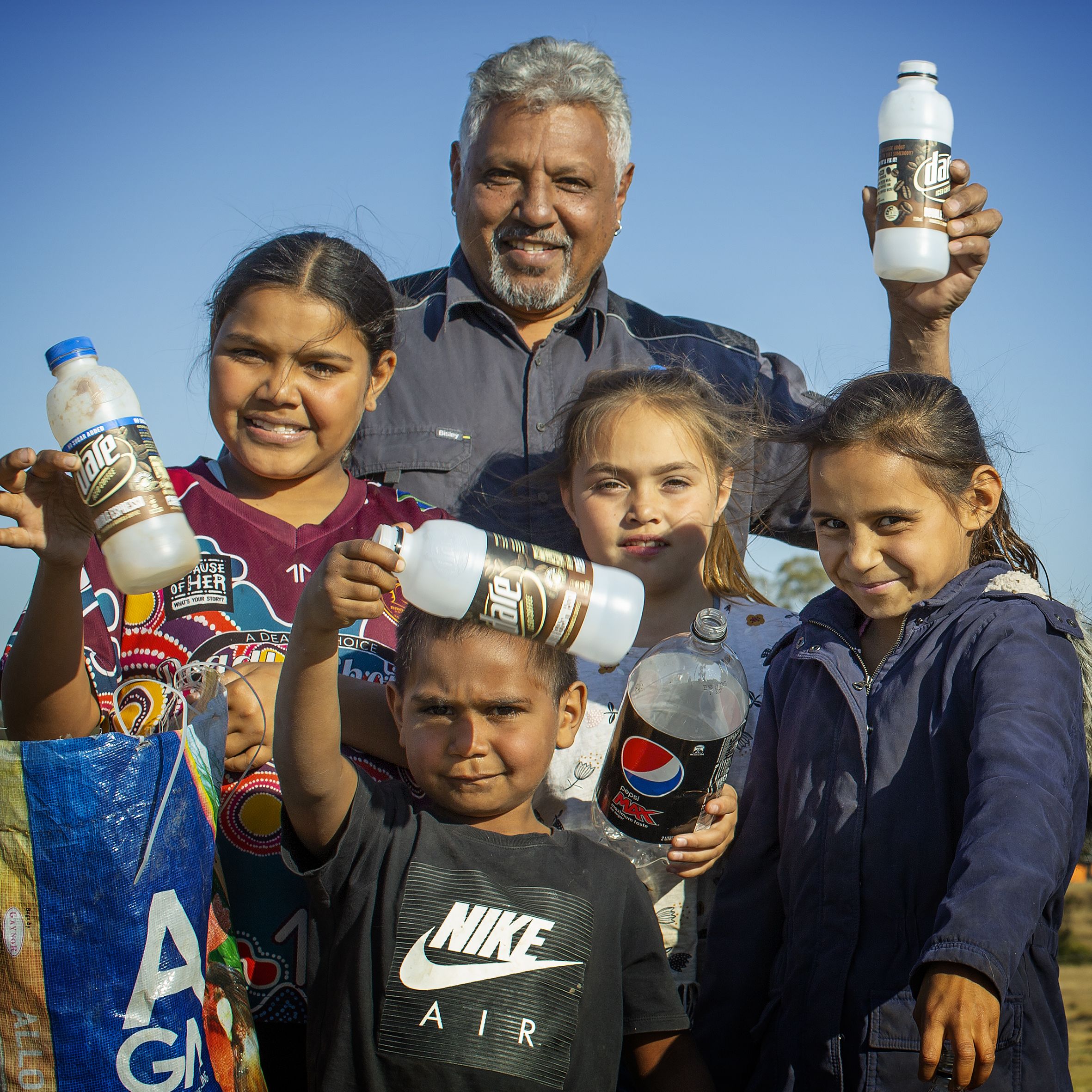Bottle and can recycling increases in Queensland as Containers for Change program makes an impact
2 billion cans and bottles have been recycled by Queenslanders since November 2018

Records show that since November 2018, Queenslanders have recycled over 2 billion drink containers. If this trend continues, experts advise that Queensland is on course to be the best recycling state in Australia. However, as it stands now, Queenslanders are the worst recyclers and Australia is the second highest producer of waste in the world per capita. Despite a positive outlook for recycling in Queensland, authorities say there is still a long way to go to reduce Australia’s waste overall.
An initiative that is at last turning the tides for recycling in Queensland, is the Containers for Change (Container Exchange) program. Started in late 2018, the Container Exchange has over 300 different container exchange sites across the state.
Adam Nicholson, the community spokesperson at Container Exchange said the program has been a huge success so far.
“It's been a very successful start to our scheme. We've certainly seen much bigger volumes than we had expected,” Nicholson said.
“I think where that came from was that possibly Queenslanders were much more ready for this scheme than we had anticipated,” he said.
“We started in November 2018 and that was a very, very busy time.”
The Container Exchange program enables Queenslanders to return specific beverage containers for a 10-cent refund. There are multiple exchange sites across Brisbane and the state
Nicholson explained the overwhelming support for the Container Exchange program in Queensland.
“We've seen about 1.6 billion containers in the first 18 months, so it's been an encouraging start,” Nicholson said.
“Queenslanders were horrified with the thought that our beautiful beaches have been cluttered by cigarettes and drink bottles,” he said.
“So, I think there was a real sense that people were ready to go, they just needed an avenue and they went for it.”

While Queensland is just at the beginning of a long journey into the new Container Exchange recycling scheme, Australia as a whole has encountered a new recycling problem.
Last August, the Australian recycling system was put under pressure when Scott Morrison announced recycling would no longer be sent offshore to be processed in countries such as China.
A media spokesperson for the Department of the Environment and Energy said Australia was doing all it could to cope with the new demand.
“The Australian Government is strongly committed to reducing waste, increasing recycling rates, and building capacity in Australia’s recycling industry,” the spokesperson said.
“We are making game-changing investments and practical actions,” they said.
“Australians care deeply about recycling, and they want to be confident that when they put things in their recycling bin, or deliver them to a collection center, that they will be re-purposed effectively, and not dumped in landfill or simply sent overseas.”
In announcing the waste export ban, the Prime Minister confirmed that the Commonwealth would fund new recycling infrastructure.

Image courtesy of Container Exchange.
Image courtesy of Container Exchange.
Clean up Australia day chair, Pip Kiernan said that one of the only positives they’ve noticed in their clean ups is the decrease in beverages containers.
“We are seeing reductions of beverage containers due to the popularity of container deposit and refund schemes, which are now being adopted nationally,” Kiernan said.
“The great uptake of beverage item recycling has made a demonstrable difference to the levels of containers being reported by volunteers,” she said.
However, Kiernan explained that the issue of recycling in Australia has a long way to go. While she acknowledges recycling of beverage containers is increasing, Kiernan says single-use plastics are now increasing twofold.
“The problem is far from being solved, the prevalence of single use packaging means we are creating twice the volume of rubbish per person than we were twenty years ago,” Kiernan said.
“A lot of this is single use packaging – most of which is food related, many of which are difficult for customers to avoid,” she said.
“While tonnage at many sites is decreasing, due to there being less large items such as vehicles and large white goods being retrieved by volunteers, we are still seeing large volumes of rubbish being reported.”

"Thirty years ago, our founder Ian Kiernan predicted plastics would be the scourge of our generation – and unfortunately that prediction has come to pass,”
Pip Kiernan said.

Kiernan also said that one of the difficulties with recycling is making sure items go into the correct bins.
“Our practices at home and when we are out and about are mixed, some of this is due to confusion about what goes into which bin,” Kiernan said.
“Which is why we are supporting the adoption of the Australasian Recycling Label – it’s a quick and easy reference for people to know what belongs where.”
The Australasian Recycling Label system is being used to help consumers identify where and how an item can be recycled. The scheme also helps brand-owners’ design packaging for products that can be recycled.

Image courtesy of Container Exchange.
Image courtesy of Container Exchange.
Emma Menzies, the Waste Education Officer at Noosa Shire council, said that Queensland and Australia have got some serious issues with waste.
“Australia is the second largest producer of waste in the world (per capita), with Queensland…the worst recycler out of all the states,” Menzies said.
“Soft plastics and people putting their recycling in plastic bags are the biggest contaminators, trying to get the message out there continuously is hard,” she said.
Menzies reiterated that soft plastics and confusion about bins are continuing issues in many communities across Australia.
“It’s confusing for people when a chip packet or a polystyrene container has the recycling sign… but not everything can go in the yellow top bin,” Menzies said.
“That’s why we need to have a national approach so it’s the same message everywhere,” she said.
Menzies praised the Container Exchange scheme and said it was a step in the right direction.
“The container refund scheme has been really successful in all the states where it’s been introduced, the product is suddenly worth something,” Menzies said.
Adam Nicholson said that if the response to the Container Exchange was anything to go by, the future in recycling is looking positive.
“Containers for Change was designed to appeal to people who want to see change in their community or change in the environment,” he said.
“It's been an encouraging start, but we've got some pretty demanding targets and it gets harder not easier, so we’re not sitting still.”
The Brisbane City Council declined to comment.

